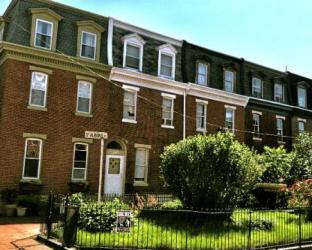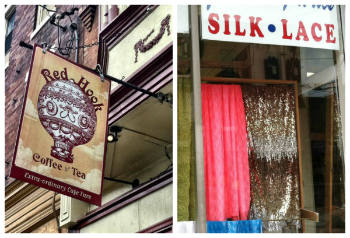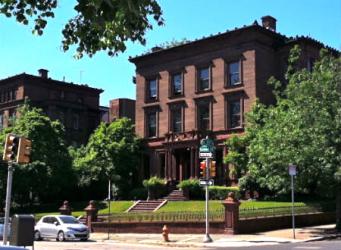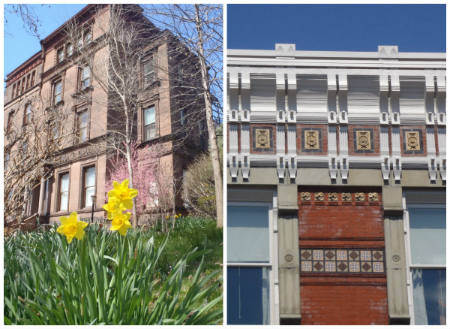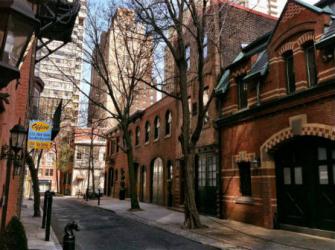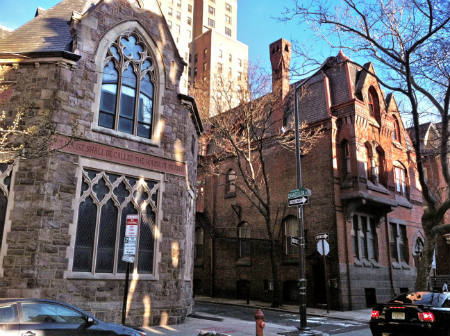In a city where most private gardens are tucked behind homes, few Philadelphians have the chance to display their green thumbs to the world. On the 2300 block of Saint Albans Street however, residents not only enjoy a lovely shared garden in front of their homes, but also use this unique space to teach their children about the natural world.
Located just southwest of Center City, the 2300 block of Saint Albans Street was closed to traffic decades ago, with the resulting space being used to create a shared garden. The mature trees, flowers, park benches and well-kept homes surrounding the garden only hint though at this street’s complex history. Developed in the mid-1870s to house workers for Philadelphia’s industrial-age population boom, this area quickly gained a reputation as a rough, working-class Irish community. In fact, for years the neighborhood was referred to as “The Devil’s Pocket” thanks to a local legend about a priest who said the area’s children were so unruly that they would “steal the watch out of the Devil’s pocket.”
Nowadays however Saint Albans Place, as the 2300 block is alternatively known, has a decidedly different feel. The mix of children on tricycles and parents casually flicking their iPad screens suggests that the block has attracted a whole new subset of Philadelphians young and old.
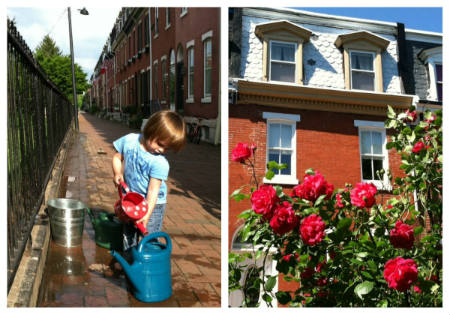
Raising their children on organic vegetables and holding a deep passion for sustainability, many urban residents are eager to buy a home on the 2300 block of Saint Albans Street and share with their children the horticultural and natural lessons that gardening has to offer. Essentially, each unit on the block comes with a small garden plot directly in front of the home, allowing residents to plant what they wish; those who choose not to participate however have their plot tended by the community garden club. The overall effect is quite charming, with a wonderfully diverse patchwork of different designs throughout the garden all tended by local families and gardeners.
While communities like the 2300 block of Saint Albans always grow and change, it’s a testament to the wonderful livability of the neighborhood that residents continue to celebrate and maintain this street’s unique garden. Indeed, as our ecological-consciousness grows and more and more people choose to raise their children in cities, spaces like the Saint Albans Place Community Garden will become even more cherished and appreciated for the aesthetic and communal benefits they offer.

